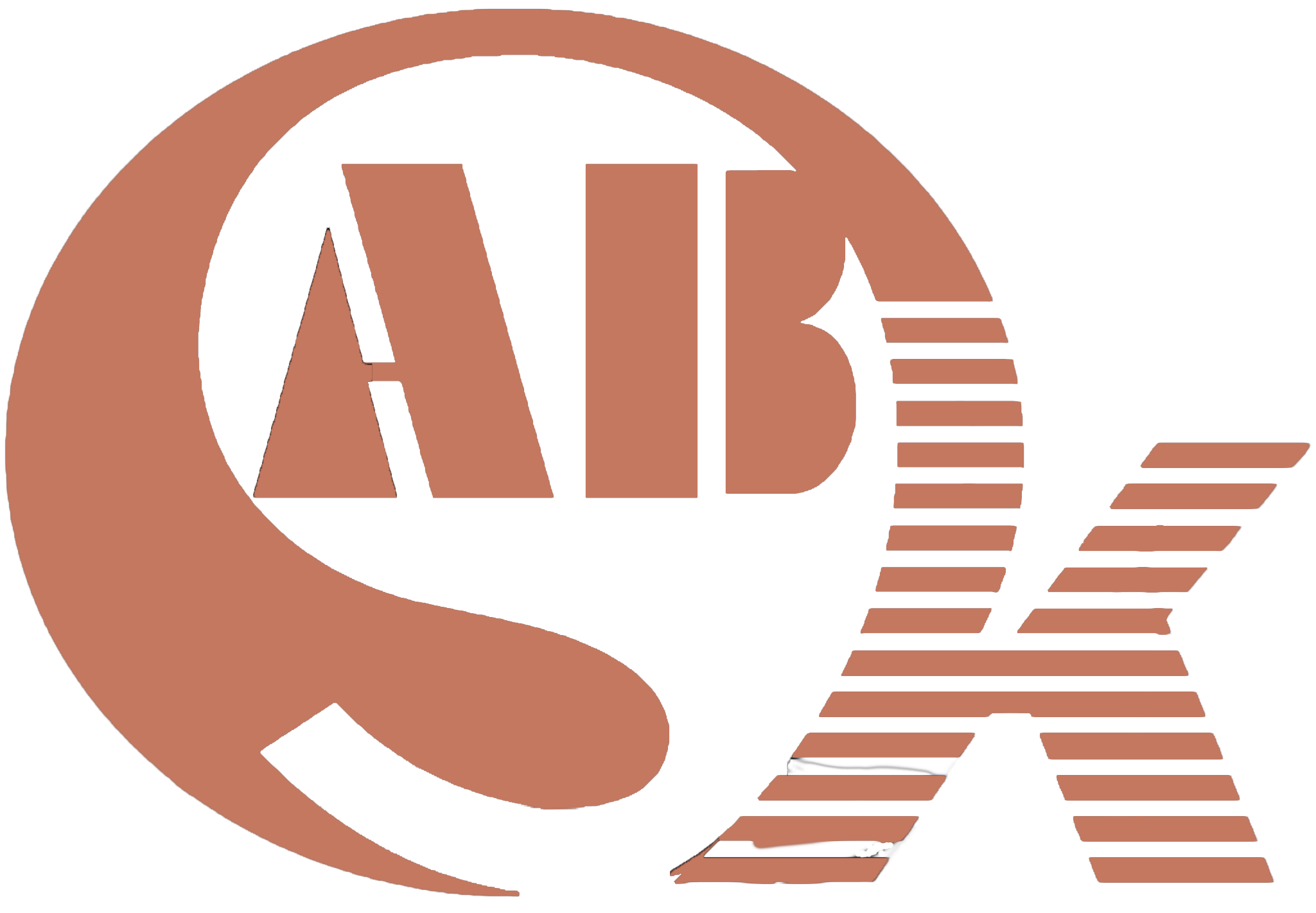Achieving Welding Excellence with Welding Positioners: Professional Insights and Advantages
In the realm of welding, precision and efficiency stand as the cornerstones of exceptional craftsmanship. Welding positioners, often considered the unsung heroes of the welding process, play a pivotal role in achieving both. These versatile devices have redefined the way welding professionals operate, enhancing the quality and productivity of welding projects. This article explores the world of welding positioners, revealing their advantages and offering professional insights to ensure that welding projects meet customer requirements while embodying the highest level of professionalism.
Introducing Welding Positioners
Welding positioners, also known as weld positioners or turning rolls, are mechanical devices designed to rotate and tilt workpieces during welding. By automating the rotation and positioning process, these devices provide numerous benefits, including improved weld quality, enhanced operator safety, and increased welding productivity. Welding positioners are utilized across a spectrum of industries, from manufacturing and construction to aerospace and energy.
Advantages of Welding Positioners
a. Precision Welding: Welding positioners allow for precise positioning of the workpiece, ensuring that welders have optimal access to all angles. This precision results in uniform welds with consistent penetration and fusion, ultimately leading to superior weld quality.
b. Enhanced Efficiency: Manual repositioning of workpieces during welding can be time-consuming and inefficient. Welding positioners eliminate the need for such manual adjustments, resulting in uninterrupted welding and improved overall project efficiency.
c. Operator Safety: Manipulating heavy workpieces manually can lead to operator fatigue and increase the risk of injuries. Welding positioners automate the movement, reducing physical strain on operators and enhancing workplace safety.
d. Integration with Welding Automation: Welding positioners can be seamlessly integrated into automated welding systems. These systems utilize programmable logic controllers (PLCs) to control the rotation and welding parameters, ensuring consistent and precise welds.
Professional Tips for Optimal Use
a. Correct Workpiece Positioning: Properly align the workpiece on the positioner to ensure that the welding joint is in the desired orientation for welding. This step is crucial for achieving accurate and high-quality welds.
b. Welding Parameter Adjustment: Adjust welding parameters, such as travel speed and heat input, to accommodate the rotating workpiece. Fine-tune these settings to maintain the desired weld quality throughout the project.
c. Monitoring and Adjusting: Continuously monitor the welding process while using a positioner. Be prepared to make real-time adjustments if necessary to ensure consistent weld quality.
d. Regular Maintenance: Like any piece of equipment, welding positioners require regular maintenance to perform optimally. Regularly inspect and lubricate moving parts, and address any issues promptly.
Elevating Efficiency through Automation
For those aiming to achieve the pinnacle of welding precision and efficiency, welding positioners can be integrated into automated welding systems. These systems utilize advanced technologies such as robotic arms and PLCs to control the welding process. Automated welding systems offer consistent and repeatable results, reducing the potential for human error and ensuring top-notch weld quality.
Meeting Customer Requirements with Welding Positioners
a. Customization for Specific Needs: Welding positioners can be customized to align with the specific requirements of a project. Whether it’s adjusting weight capacities, rotational speed, or integrating additional features, customization ensures the positioner perfectly fits the project’s demands.
b. Quality Assurance: The use of welding positioners ensures weld consistency and quality, critical aspects that satisfy customer requirements. Consistent and aesthetically pleasing welds demonstrate the professionalism of the welding service and instill confidence in the final product.
Conclusion
Welding positioners are the unsung heroes that have reshaped the landscape of welding by introducing precision, efficiency, and safety. Their ability to enhance weld quality, reduce operator fatigue, and integrate seamlessly with automation systems make them invaluable assets in welding operations. By adhering to professional tips and considering customization options, welding professionals can harness the power of welding positioners to deliver projects that not only meet customer requirements but also reflect their commitment to professionalism and excellence.
